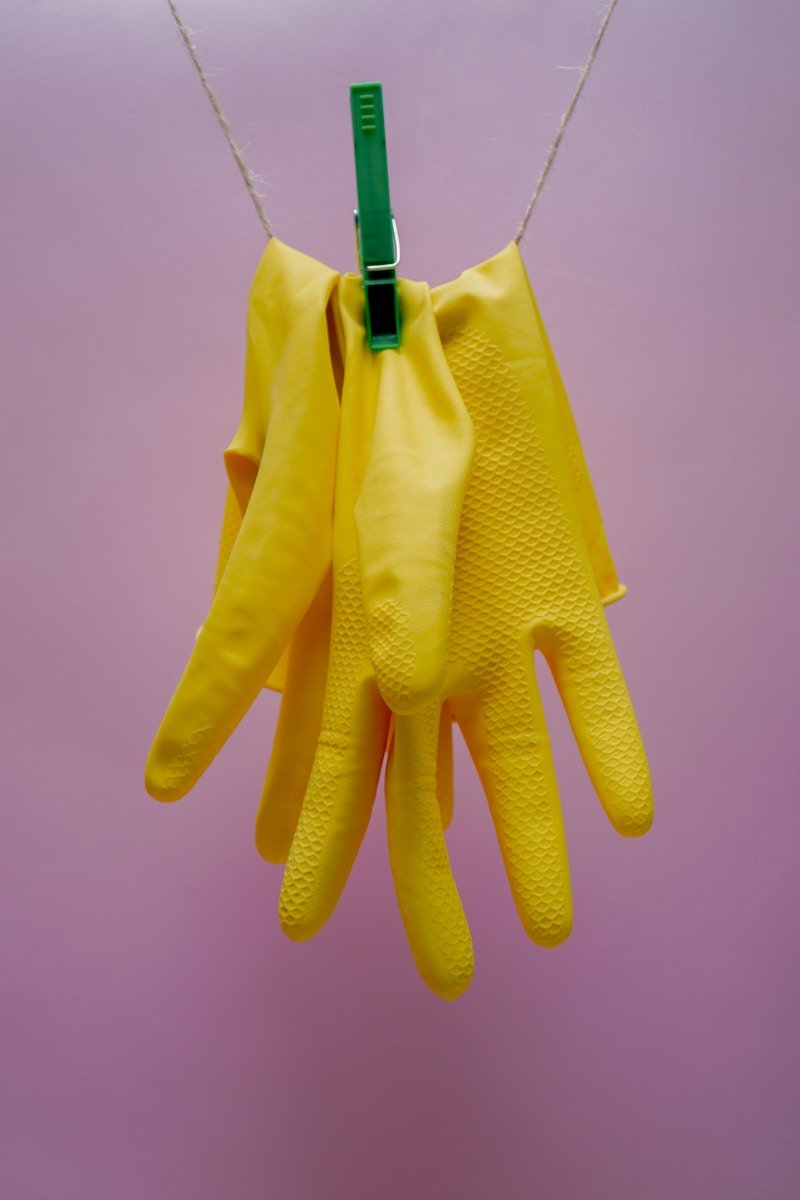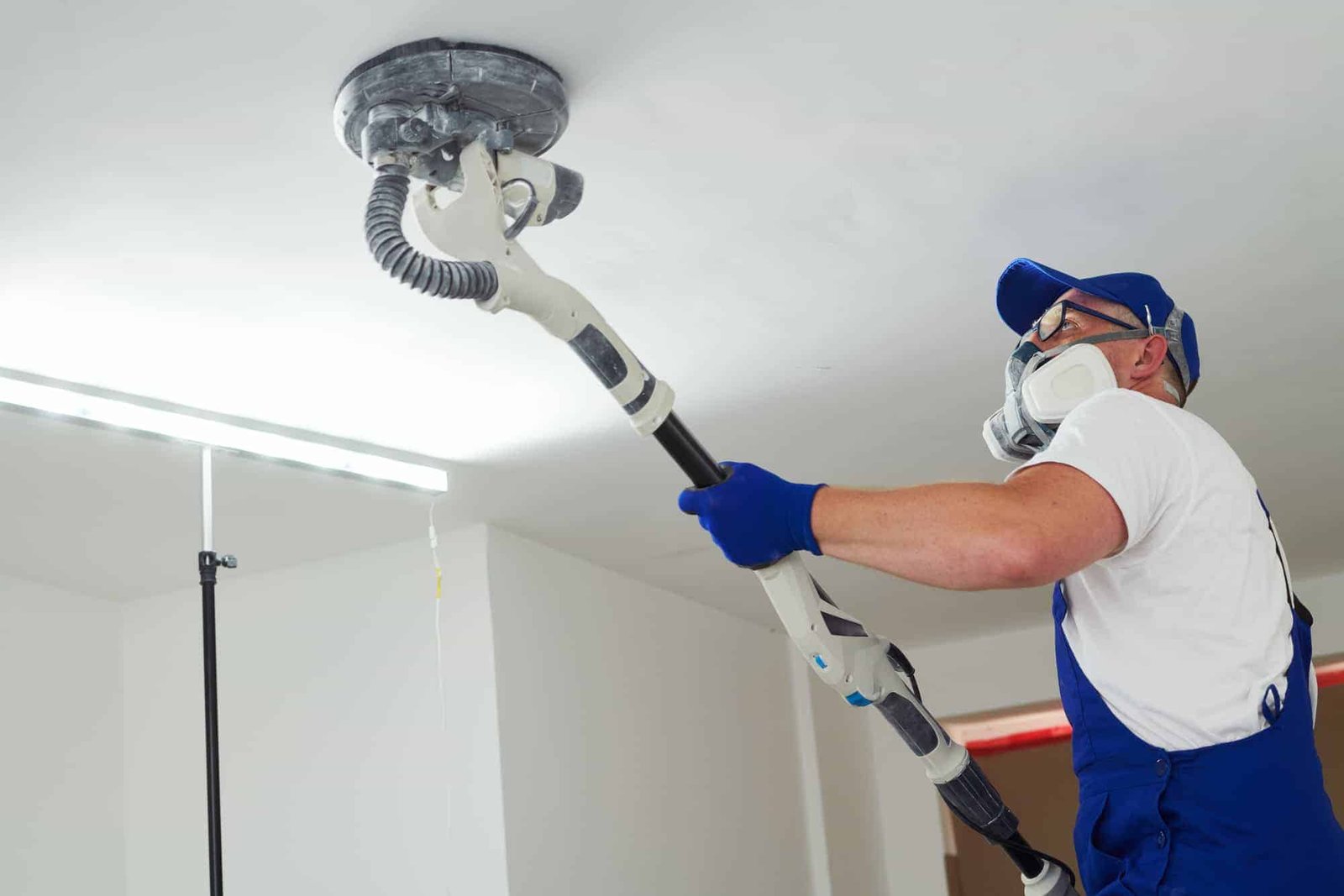The Dearborn Stove Company manufactured gas space heaters and evaporative coolers beginning in the 1930s. The company advertised its heaters as the “world’s finest” and regularly touted the safety and efficiency of their products.
Although the Dearborn Stove Company no longer operates today, their products remain in demand.
Dearborn Stove Company produced gas space heaters advertised as the “safest on the market.” Today, Dearborn heaters remain in demand, often selling for hundreds of dollars.
Purchase spare parts online through secondhand sellers, and easily convert the units from natural gas to propane or vice versa.
This article touches on the history of the Dearborn Stove Company, their famous Dearborn heaters, and how they work. It’ll also discuss how much Dearborn heaters are worth today, where to purchase them, and how to obtain replacement parts. Read on to learn more.
The History of Dearborn Heaters
The Dearborn Stove Company, first trademarked on February 1, 1938, sold and produced heaters and evaporative coolers for the home (source: ALTER: Dearborn Trademark).
Their heaters were once considered the leading brand of space heaters, especially in the 1940s. Their stylish designs fit in well with home decor, making them stand out from other space heaters at the time (source: TIAS Mall: Dearborn Stove Company Ad).
It’s not quite clear how many people founded the Dearborn Stove Company, but one of the co-founders was the late Roy Martin (source: Almanac News: Bruce William Liedstrand).
Some other notable employees of the company include D.O. Tomlin (former President), Loy Rooke (who retired as President and Chairman in 1989), and Neeta Dale Musgrove (the editor of the Hi-Crown Mixer, a publication for the company) (sources: RL Paschal High School: Judith Johnson Rooke & Legacy: Neeta Dale Musgrove Obituary).
In 1942, the Dearborn Stove Company registered in Chicago, Illinois. Los Angeles, California, housed a second branch office (source: OPENGOVUS: Dearborn Stove Company).
The Stove Mounters International Union of the American Federation of Labor launched a campaign to establish the Dearborn Stove Company in Dallas, Texas (source: JSTOR: The Business History Review).
By 1953, Dearborn Stove Company acquired the Odin Stove Manufacturing Company, thus increasing its product line (source: Erie History: Odin Stove Manufacturing Company).
By 1954, the Dearborn Stove Company was officially registered in Dallas, Texas. That same year, a group of investors in Dallas purchased the company and its plants (source: Louisiana Secretary of State: Dearborn Stove Company).
By the 1960s, the company built another facility in Garland, Texas, for manufacturing, warehousing, and office space. This facility continued operations until the 1980s.
Today, the Dearborn Stove Company no longer operates, though the heaters remain in demand, especially among collectors.
How Does a Dearborn Heater Work?
A Dearborn heater works by utilizing fuel (usually natural gas) to heat the system, warming the ceramic grates. The ceramic grates then emit heat to the surrounding area, usually within minutes.
The most popular Dearborn heaters were the free-standing models. They also had larger models that included an intake and outlet flue with a closed firebox and, therefore, no open flame.
These models operated more like an actual furnace versus a space heater but weren’t as popular as the company’s floor models.
Dearborn’s smaller, free-standing models were open-flame heaters with clay radiants (grates). These heaters utilized Hi-Crown Burners and a Blue Flame Pilot Light.
The models that featured a cooling cabinet allowed users to mount the unit to the wall without worrying about the heater blistering furniture, ruining curtains, or burning people.
There were multiple models available, including fully-vented, deluxe radiant, and unvented heaters (sources: My Companies Wiki Fandom: Dearborn Stove Company & My Companies Wiki Fandom: Dearborn Stove Company Ad).

How Much Are Vintage Dearborn Heaters Worth?
Despite the company no longer operating, Dearborn heaters continue on as a popular item among collectors. Many recondition the units to resell them for higher prices, as working units tend to cost more — but even non-working units sold “as-is” may go for $100 and up.
On average, expect to pay a minimum of $100 for a used, non-working vintage Dearborn heater and up to $400 for a working model with few cosmetic defects.
Vintage Dearborn heaters are worth, on average, anywhere from $100 to $400. Used, non-working models start around $100.
The A and B Dearborn models, in particular, range from $139 to $269 — and those with built-in safety features go even higher. Even Dearborn ceramic grates go as high as $20 each.
Prices tend to vary wildly depending on the model and condition.
For example, a model DRC 12 A N Dearborn Gas Space Heater Stove (15,000 BTU) costs nearly $200 used with few defects. However, a vintage Thermolaire Dearborn RC-15 with the same BTU output costs a bit less (source: Eastway Sales: Dearborn A and B Models).
A vintage Dearborn heater with 20,000 BTUs costs $250 or more, and you can expect to pay up to $400 for a 30,000 BTU Dearborn heater, even with rust, dust, and other cosmetic defects. Worn, non-working models with scratches, peeling enamel, or missing grates cost much less.
Shipping prices are not calculated into these estimates, and you can expect high shipping costs due to the large size and weight of the units.
When valuing a Dearborn heater, look at the following:
- The model (A and B models tend to go for a higher price)
- BTU output
- Condition
- Whether any parts are missing or defective
Are Dearborn Heaters Still Made? Where To Buy One
While it’s not clear when the Dearborn Stove Company permanently closed, one facility remained on Kingsley Road in Garland, Texas, until the 1980s.
Dearborn heaters are no longer made or sold brand new. The company no longer exists, so consumers must seek out secondhand sellers to purchase the brand or any replacement parts.
Dearborn heaters are widely available from secondhand sellers and websites, including Eastway Sales and eBay.
If you’re searching for a modern alternative to Dearborn heaters, consider some of the brands below:
- Mr Heater: Mr Heater brand heaters offer natural gas and propane heaters at an affordable price. The F299830 model, in particular, offers a 30,000 BTU output and heats up to 750 square feet (69.67 square meter) of space.
The Mr Heater MH18B Propane Heater, available on Amazon.com, puts out 4,000 to 18,000 BTU and heats up to 450 square feet (41.8 square feet).
- Dyna-Glo: Dyna-Glo offers a natural-gas heater (model BF20NMDG), as well as liquid propane units. On Amazon.com, you can get a Dyna-Glo Liquid Propane Blue Flame Wall Heater offering 24,000 to 30,000 BTU output at an affordable price point.
This aesthetically pleasing unit fits in with any home decor.
- Kozy World: Kozy World may not be a widely known brand, but their space heaters are versatile and powerful. There are natural gas and propane options available.
The Kozy World Comfort Glow Gas Wall Heater, available on Amazon.com, offers up to 40,000 BTU and uses propane to heat the home up to 1,250 square feet (116.12 square meter). Ceramic plates put out heat, similar to the old Dearborn units.
Where Can You Get Spare Parts for Dearborn Heaters?
You can get spare parts for a Dearborn heater from secondhand sellers on websites such as eBay or Eastway Sales. The parts for Dearborn heaters are no longer available from the manufacturer.
The ceramic grates (also known as bricks) are the most common part that needs replacing. These radiant bricks are ceramic, so they’re fragile and commonly break or chip. Since the company no longer produces them, they’re getting harder and harder to come by.
However, you can often find them through resellers or secondhand shops. Sometimes, if you’re lucky, you can find them in estate sales. The bricks often cost around $20 each. Many sellers often sell in lots so that you can have backups ready when you need them.
Are Dearborn Heaters Safe To Use?
Due to the brilliant workmanship of Dearborn heaters, they’re considered durable units and are usually in remarkably good condition despite their age. However, that doesn’t mean that they’re without potential hazards.
Dearborn heaters are safe to use, as long as you’re smart. Do not use Dearborn heaters unattended or keep them on while sleeping. Keep them away from combustible or flammable materials. Keep an operating carbon monoxide detector when using any fuel-based heater.
If the heaters do not contain a pilot conversion, they may be against your current city code.
Additionally, like all space heaters, the Dearborn heaters are a potential fire hazard. Even the models that do not use an open flame still use natural gas and heat, so any easily ignitable material still has the potential to go up in flames.
Any space heater that burns fuel poses a carbon monoxide risk as well. Never leave a gas heater on overnight or unattended (source: Iowa State University: Carbon Monoxide Poisoning and Unvented Gas Space Heating).
If your home is extremely well-insulated or poorly ventilated, stick with an electric heater. The Dearborn space heaters require adequate ventilation and oxygen to prevent the danger of carbon monoxide poisoning.
Can You Convert a Dearborn Heater From Natural Gas to Propane or Vice Versa?
You can convert a Dearborn heater from natural gas to propane, and vice versa. Collectors commonly recondition Dearborn heaters to use propane or switch converted units back to natural gas. Converting a unit to one or the other requires some level of expertise but is generally an easy task.
To switch to propane, you’ll need to obtain and install orifices sized specifically for propane. Additionally, the gas valve needs different springs, so you’ll need to change that as well (source: Garage Journal: Dearborn Heater for My Garage).
If you’re not well-versed in space heaters or gas-delivery systems, consider taking the unit to a propane dealer. The experts there are better suited to convert the unit without trouble.
It’s highly recommended that you invest in a carbon monoxide detector if you intend to use a gas-powered space heater, especially in a small area (source: Do It Yourself: Dearborn Heater).
Conclusion
Whether you’re a collector of Dearborn heaters or just a vintage/antique enthusiast, I hope that you found this article helpful.













